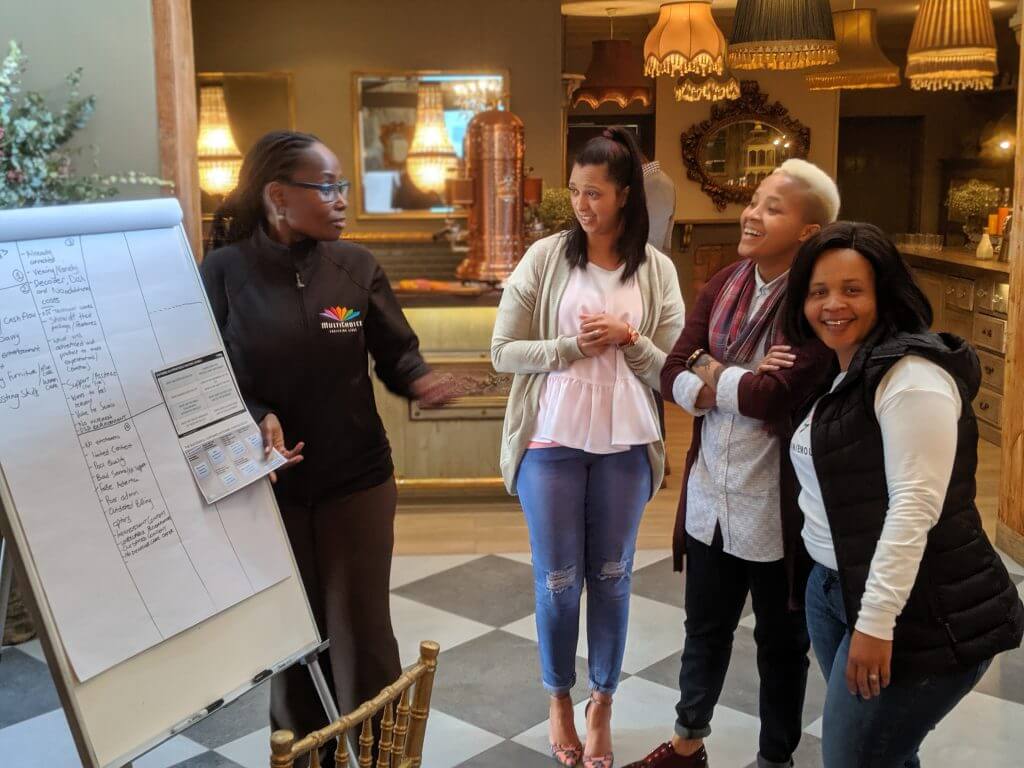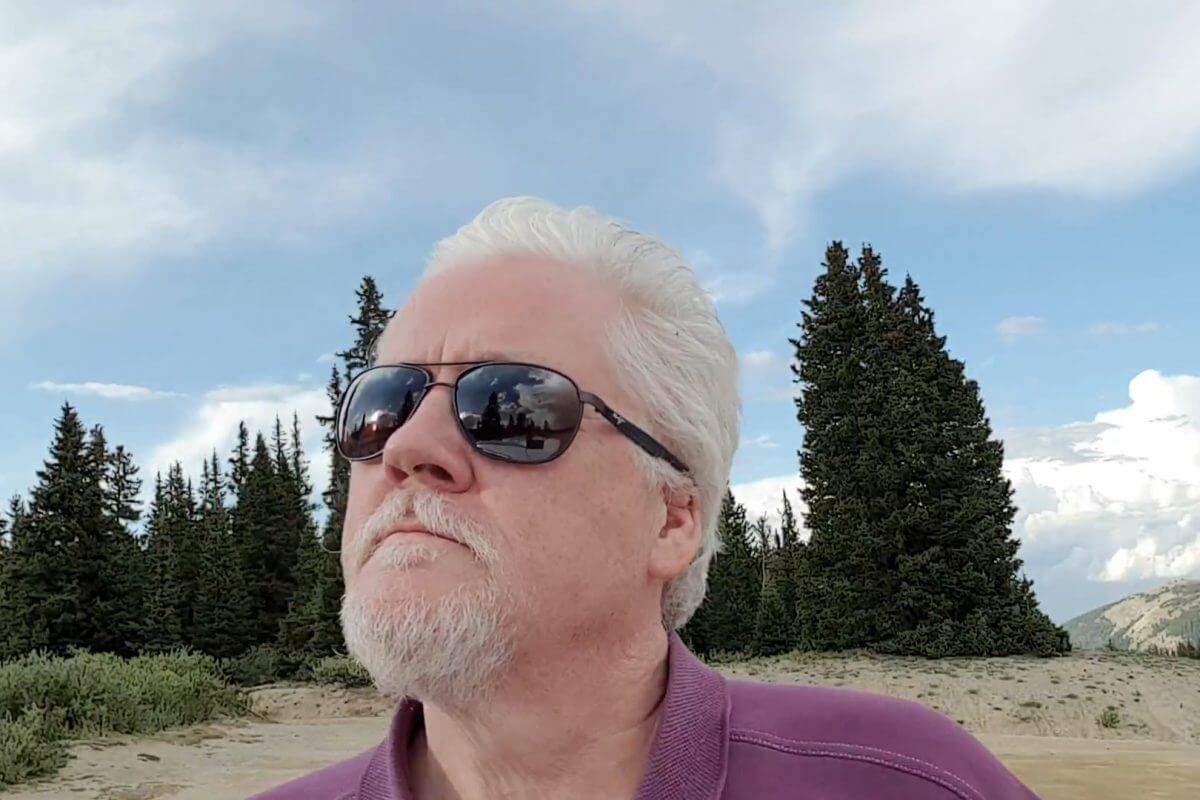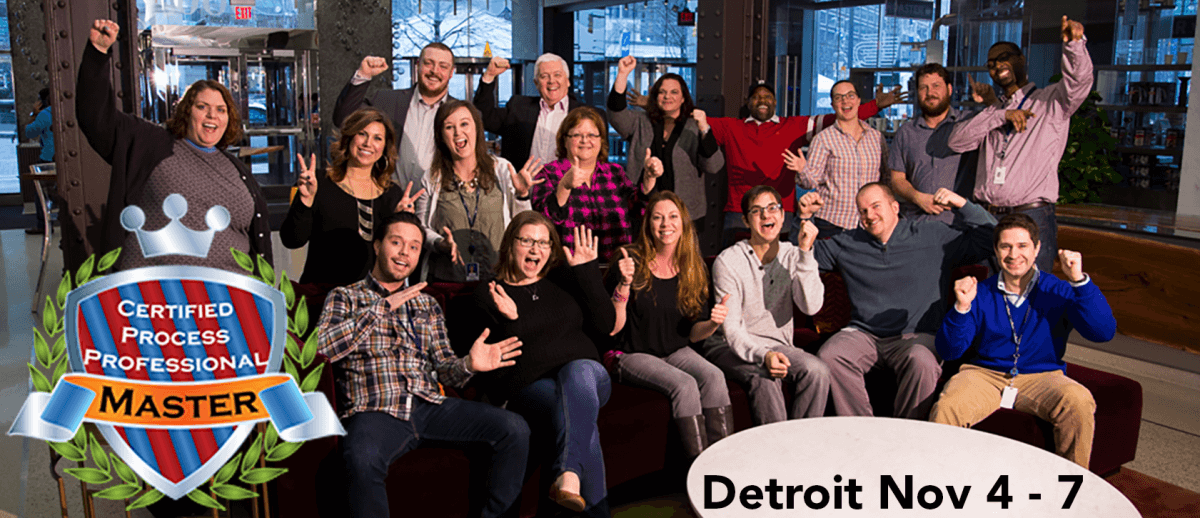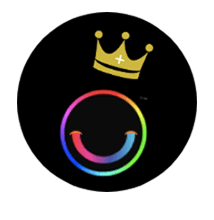Life is not in compartments. Our personal lives flow into our work lives and affect everything we think, feel and do. We need blends in our life, approaches which are holistic and help us progress through challenging times as well as expand our own personal growth and awareness.
That got me to formally offer up a service which is more than just business or life coaching.

If you need help business and personal, emotional or whatever let’s chat with a no-obligation discussion.
That’s what EAGLEMELD* is all about.
Your needs as they are now and how you wish to develop over these coming times. My ethos is to focus on your specific needs/challenges e.g. people or things and ambitions and help you develop the immediate techniques and far sight to see where you want to go and achieve those objectives joyously.
Collins English Dictionary:
* A meld of things is a mixture or combination of them that is useful or pleasant
I have been mentoring folks for more than twenty years and drawing on my array of business and life experience. Our session will be focussed specifically on your unique situation and we may apply a range of techniques and approaches to help achieve your objectives.
My qualifications for helping include:
Business
A 40-year business career with leading companies around the planet.

Awards in Customer Service, Customer Experience, Lifetime Achievement, Business Process Management and Enterprise Architecture.
Best selling book author (eight books).
Lifeskills
More than 25 years of therapeutic experience.
Accreditations as a Master Hypnotist, Clinical Hypnotherapist, Master Neuro-Linguistic Practitioner, Reiki Master and latterly Coming to Wholeness Practitioner.
Holistic
Integration of several approaches aligned to YOUR needs.
What is your North Star? We will discover that and help you to accomplish all you desire.
If you need guidance in business and personal relationships, emotional or whatever just give me a no-obligation call.
Let’s Fly together!
30 Minute exploration
Thirty-minute no obligation discussion –
You can connect and choose on your Calendar here. https://calendly.com/eaglemeld/30mins
60 Minute, one session
One-off session Just the One Session –USD $500
This is great for the ‘one and done’ fix it experience
https://calendly.com/eaglemeld/just-the-one-sessionSix sessions program
6 sessions x 60 Minutes
Six sessions over an agreed period-of-time – USD $2,800
(First full session FREE)
https://calendly.com/eaglemeld/60min
I am very much looking forward to getting together with you!
All the Best,
Steve















